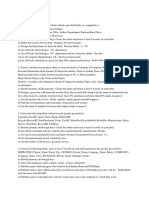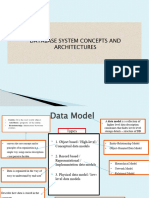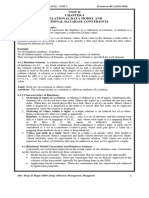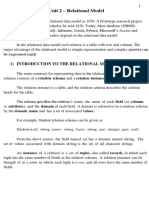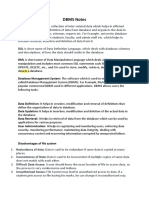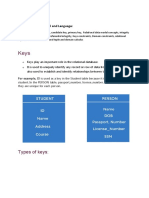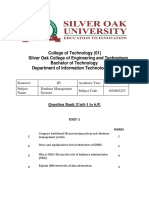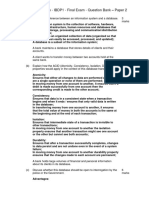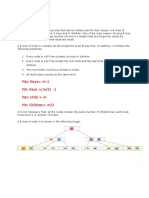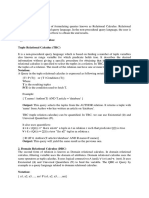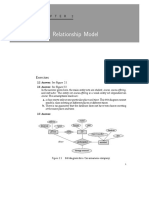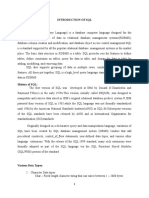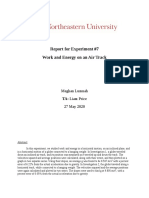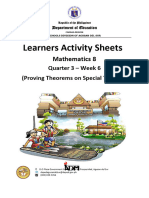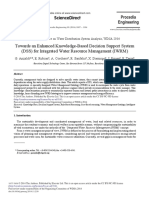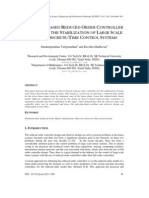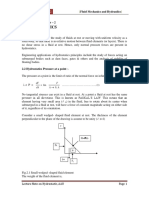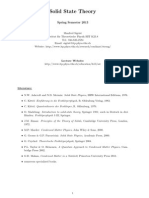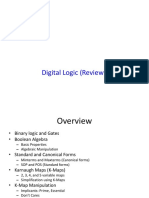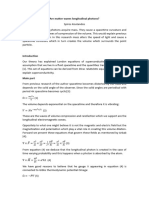0% found this document useful (0 votes)
1K views7 pagesTuple & Domain Relational Calculus
Tuple Relational Calculus (TRC) is a non-procedural query language that describes what to retrieve from a database without specifying how to do it, using predicates and quantifiers. Domain Relational Calculus (DRC) is similar but focuses on selecting attributes rather than entire tuples. The document also outlines the differences between TRC and DRC, providing examples of queries for both types of calculus.
Uploaded by
dvarshitha04Copyright
© © All Rights Reserved
We take content rights seriously. If you suspect this is your content, claim it here.
Available Formats
Download as PDF, TXT or read online on Scribd
0% found this document useful (0 votes)
1K views7 pagesTuple & Domain Relational Calculus
Tuple Relational Calculus (TRC) is a non-procedural query language that describes what to retrieve from a database without specifying how to do it, using predicates and quantifiers. Domain Relational Calculus (DRC) is similar but focuses on selecting attributes rather than entire tuples. The document also outlines the differences between TRC and DRC, providing examples of queries for both types of calculus.
Uploaded by
dvarshitha04Copyright
© © All Rights Reserved
We take content rights seriously. If you suspect this is your content, claim it here.
Available Formats
Download as PDF, TXT or read online on Scribd
/ 7



